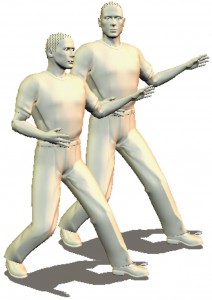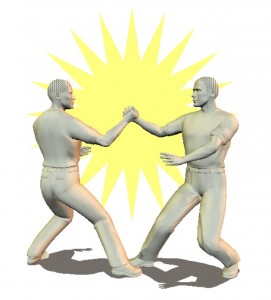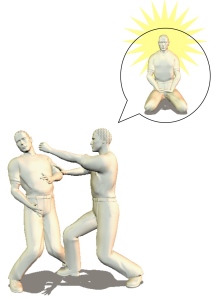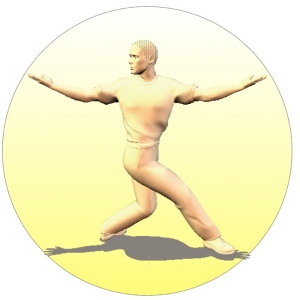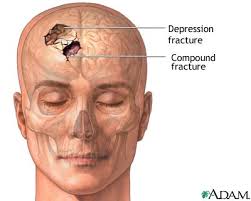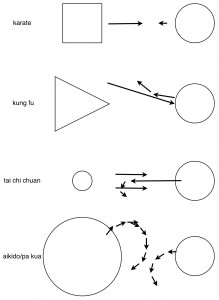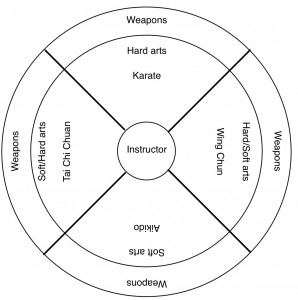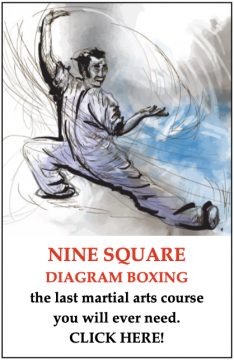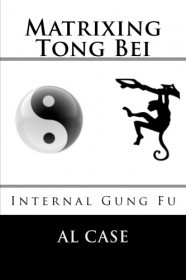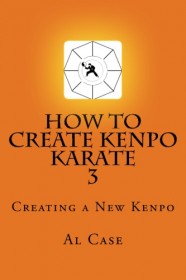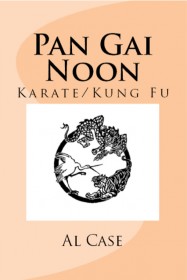The only thing that stops you from learning is…you
I should say the odd thing about teaching people, not just teaching martial artists. But the fact is…people refuse to accept information.
Let’s say you’re teaching Karate to some fellow. You can say something like ‘twisting the wrist on impact is dangerous. The joint is unstable and you are adding weight to it.’
Now, this is a big thing, so many systems use the twisting wrist to teach newbies. But, they don’t teach the newbies why, or how to transition the technique to a more stable punch.
You see, the wrist is unstable, but it teaches people how to focus. Once they learn how to focus their strikes, they need to learn how to snap a vertical punch, or some other variation. But when you tell them that, they go into protest mode.
They shake their head, and continue doing what they are doing, and it is as if you never spoke.
It’s not the martial arts, it’s deeper, it goes to the person’s ability to listen, to actually process information.
That is, incidentally, why the martial arts are so important. Somebody disagrees, and you can show them on the mat. You can make them listen.
But, that doesn’t cure the person of not listening. Even somebody who has studied the martial arts for years has this problem. Here is the EXACT thing they think when you tell them something.
‘Oh, we have that in our system.’
They don’t say it, they just get this smug look on their face. But the truth is this: yes, they had it in their system, every system has everything, if you look far enough, BUT…they were not aware of it before you said it.
This problem, incidentally, I have given a name…‘The Inertia of Ignorance.’
Simply, people hang on to their ignorance. They protect it; they are not willing to admit it because, darn it, they think it will make them look stupid!
But holding on to your ignorance is what is stupid. If you don’t admit your were ignorant of something, then you can’t learn: your protection of your image as somebody who knows something stops you from learning something.
Do you understand?
Now, go ahead and read Monster Martial Arts. Hopefully, what you have read here has removed you from that attitude, and opened your skull to the input of new information. Because, I guarantee…the stuff you read on Monster, this Matrixing concept, has never been seen before. It is brand new material, not done by Bruce Lee, nor written down in Ninja scrolls, not anything.
Brand New, and that makes it very difficult for people who are more concerned with their image of worldliness than their desire to learn martial arts.
